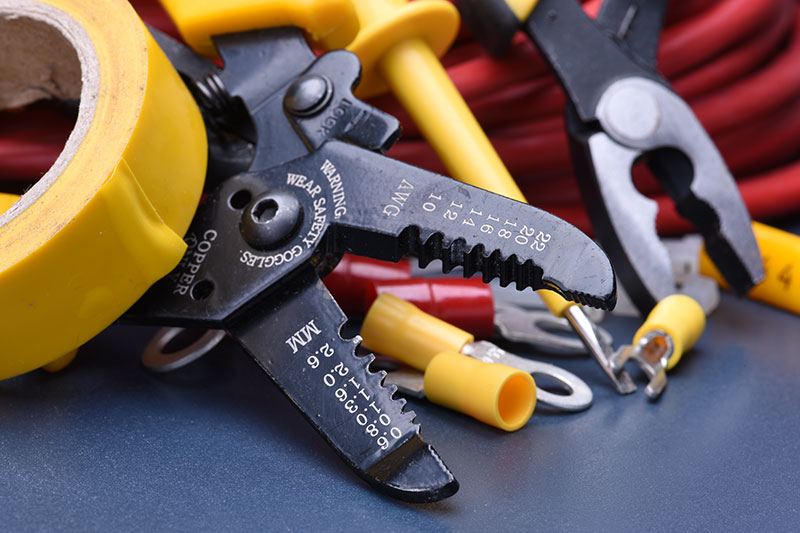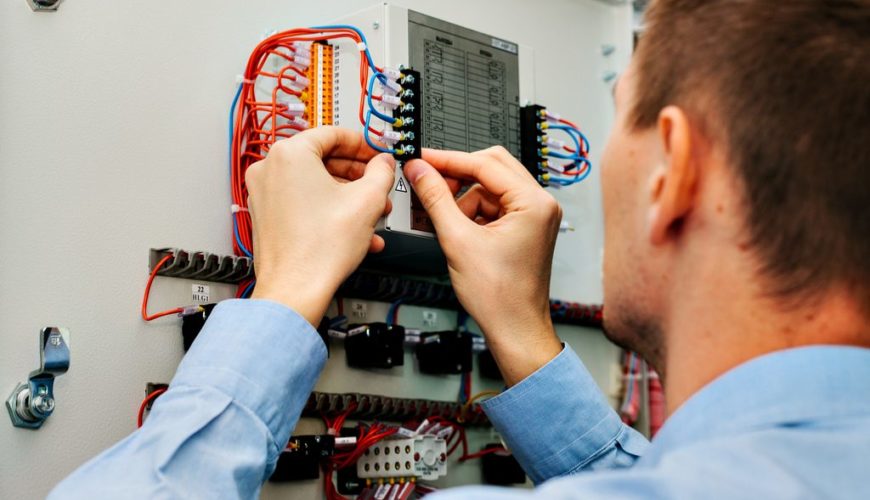Before you start doing any electrical work, ensure that you have a clear understanding of how electrical systems work. You should also be familiar with techniques required for making safe and secure connections. Some of the skills – like cutting, stripping and making your connections, are the same ones a professional uses every day. If you don’t have this knowledge going into the DIY then it might be worth looking at handyman services nyc to see if your local handyman can do the task for you.
While you do not need to work as fast as a professional electrician does, ensure your work is safe and reliable. Here are some valuable tips to keep in mind.
Personal Safety First
An electrician, who knows the safest way to carry out the job, should handle most electrical jobs around the home. However, homeowners can handle a couple of electrical wiring tasks by themselves. Even without the electrician’s skills and experience, you still need to follow the same safety procedures, including:
- The first, last and always thing you should do is shut off power to a circuit you are working with – and double check you have shut it off.
- Do not wear jewelry while working with electricity as it is a good conductor.
- Make sure you wear rubber-soled shoes and step on a rubber mat if you have one.
- You should know your “hot” terminals.
- Do not overload a circuit using multiple plug-ins, cheater plugs or placing too many outlets on a single circuit as this can cause the wires to overheat and burn down your house.
Electrical wiring projects around the home or office are not for the faint-hearted. If you really want to do the job, make sure you are safe. If you are ever in doubt, call in an electrician Sutherland Shire professional.
Know Your Tools
Before you start any electrical work, make sure you have a basic tools set that is specifically designed for wiring jobs. Stripping a wire with a knife instead of using a stripper will make it weaker since you will most probably nick the copper wiring.

In addition, attempting to twist wires together with household slip-joint pliers is hard, and the connection could come apart. Instead, use a lineman’s pliers for professional quality, sturdy connections.
The DIY electrical toolkit should have other essentials like:
- Wire cutters
- A voltage tester – preferably a non-contact tester you can use to double check that you have switched off power
- Slotted and Phillips head screwdrivers
- A drill – choosing a high torque corded drill is difficult so follow that guide to find a good one for you.
- Electrical tape
- Wire nuts
- Mounting screws
- A container for holding your tools – it can be a recycled bucket, fancy tool box or tool belt
Have a Good Technique
When you splice or connect wires to devices or fixtures in a haphazard manner, your circuit will work for some time. There is still a good chance that the wire will eventually work itself loose, creating a dangerous situation.
Correct wiring is easy, you just need about an hour to learn the proper techniques for splicing and connecting. In fact, using the right technique is usually easier and faster than doing the same thing the wrong way. For instance, looping the wire in a clockwise manner around the terminal screw will help stop it from sliding out while tightening the screw.
Electrical Do-It-Yourself repair work is something most homeowners can do, as long as you have the necessary tools and take precautions. Without the few requirements above, the results will not be good.




